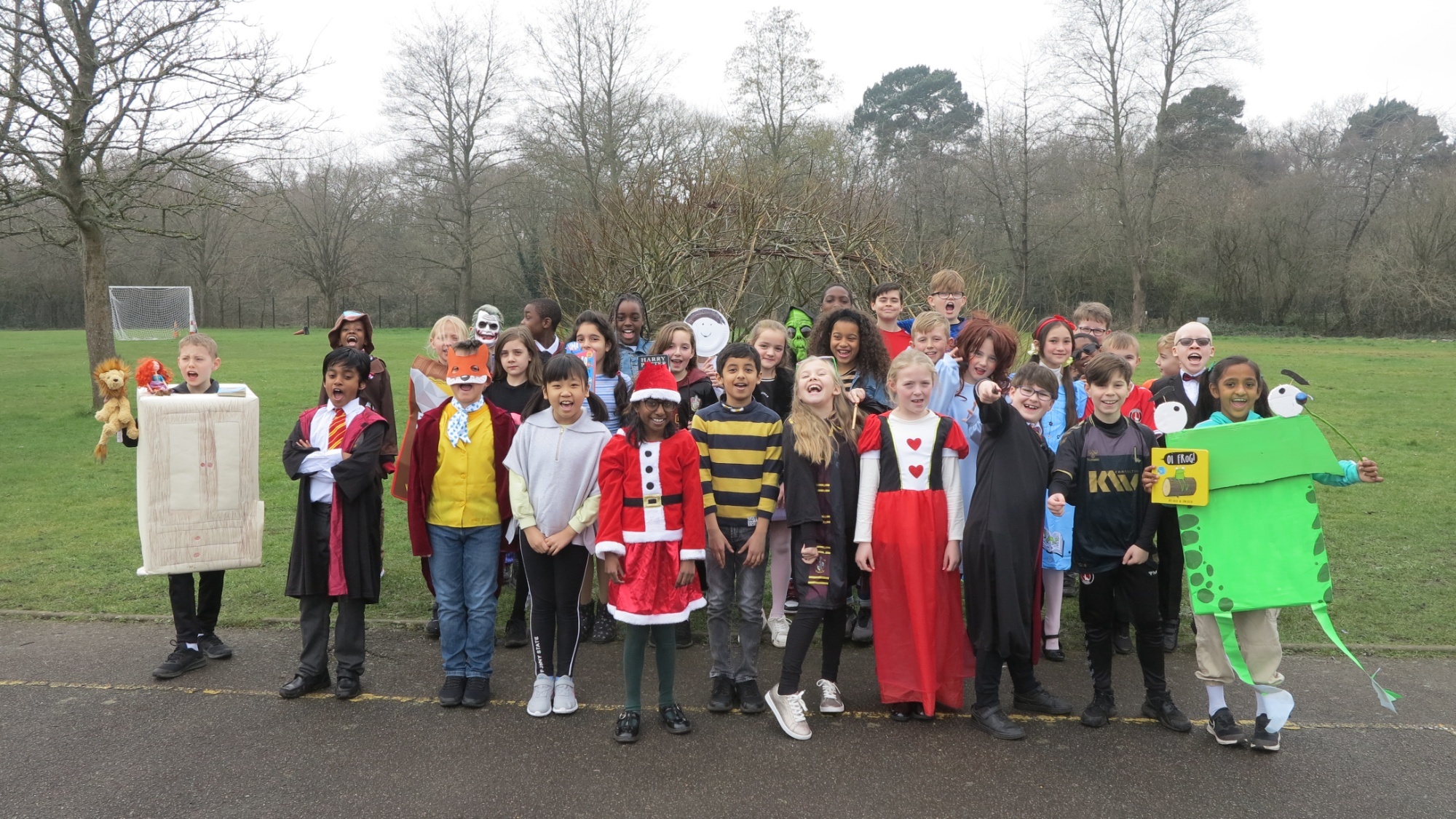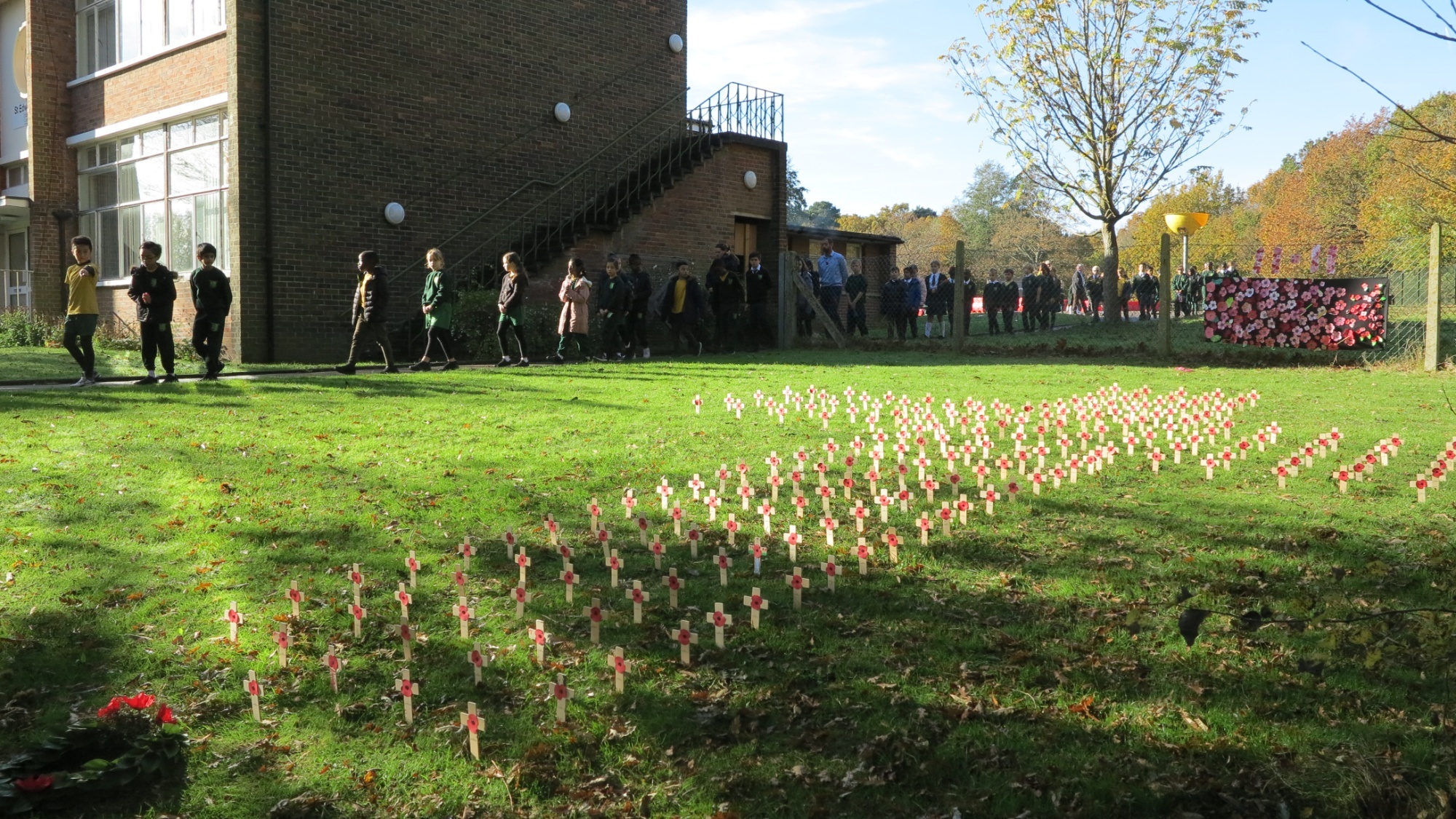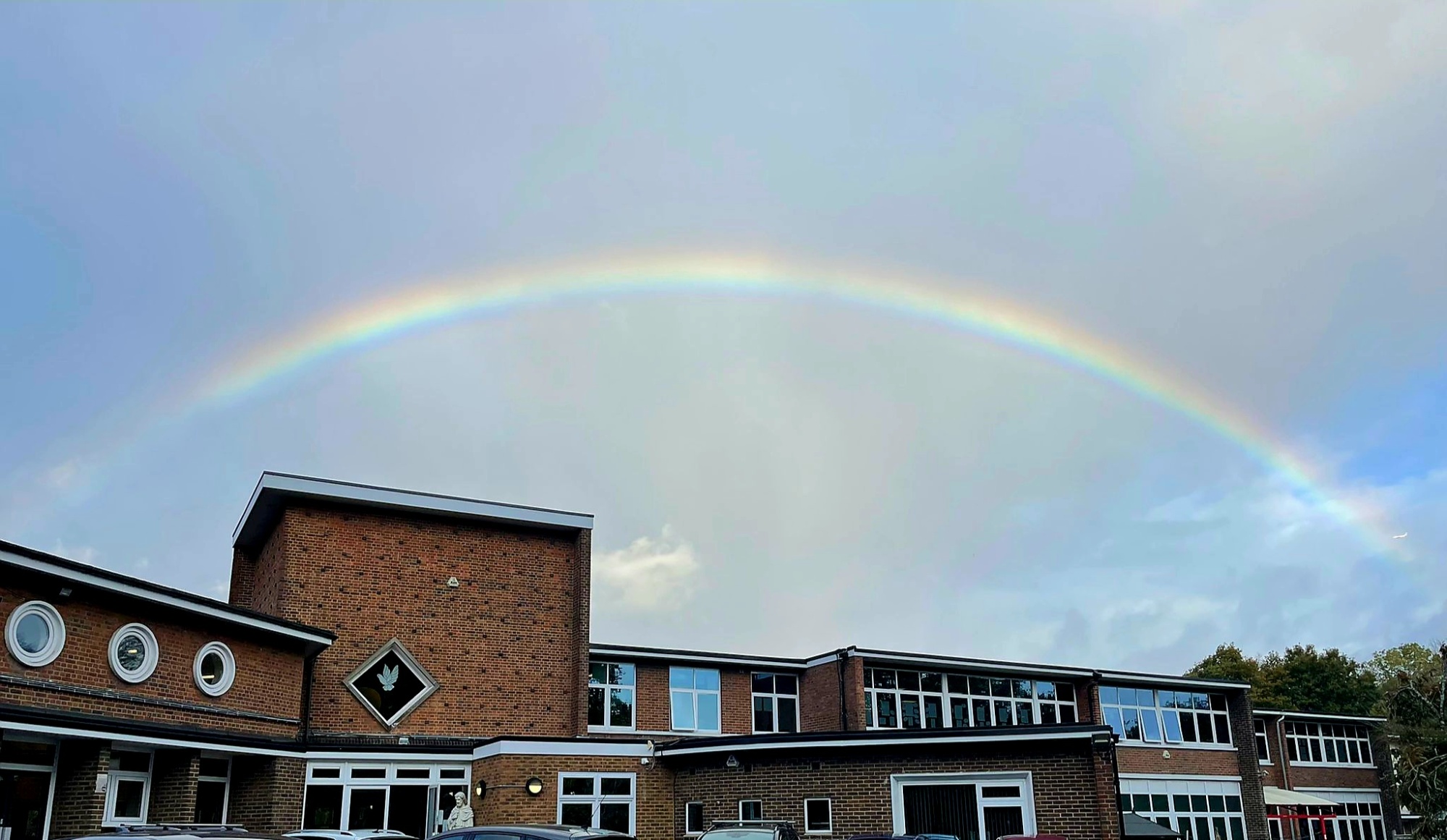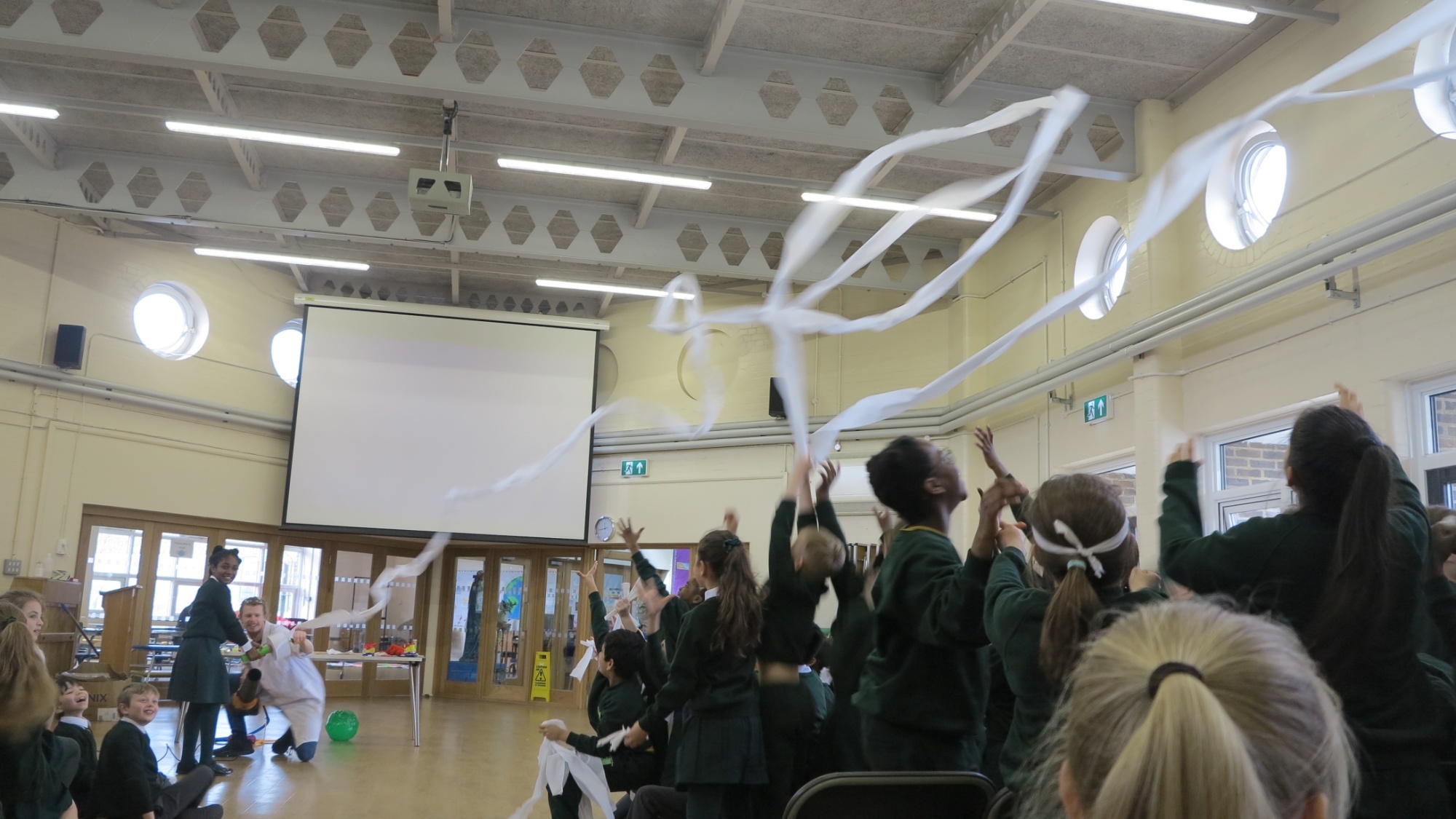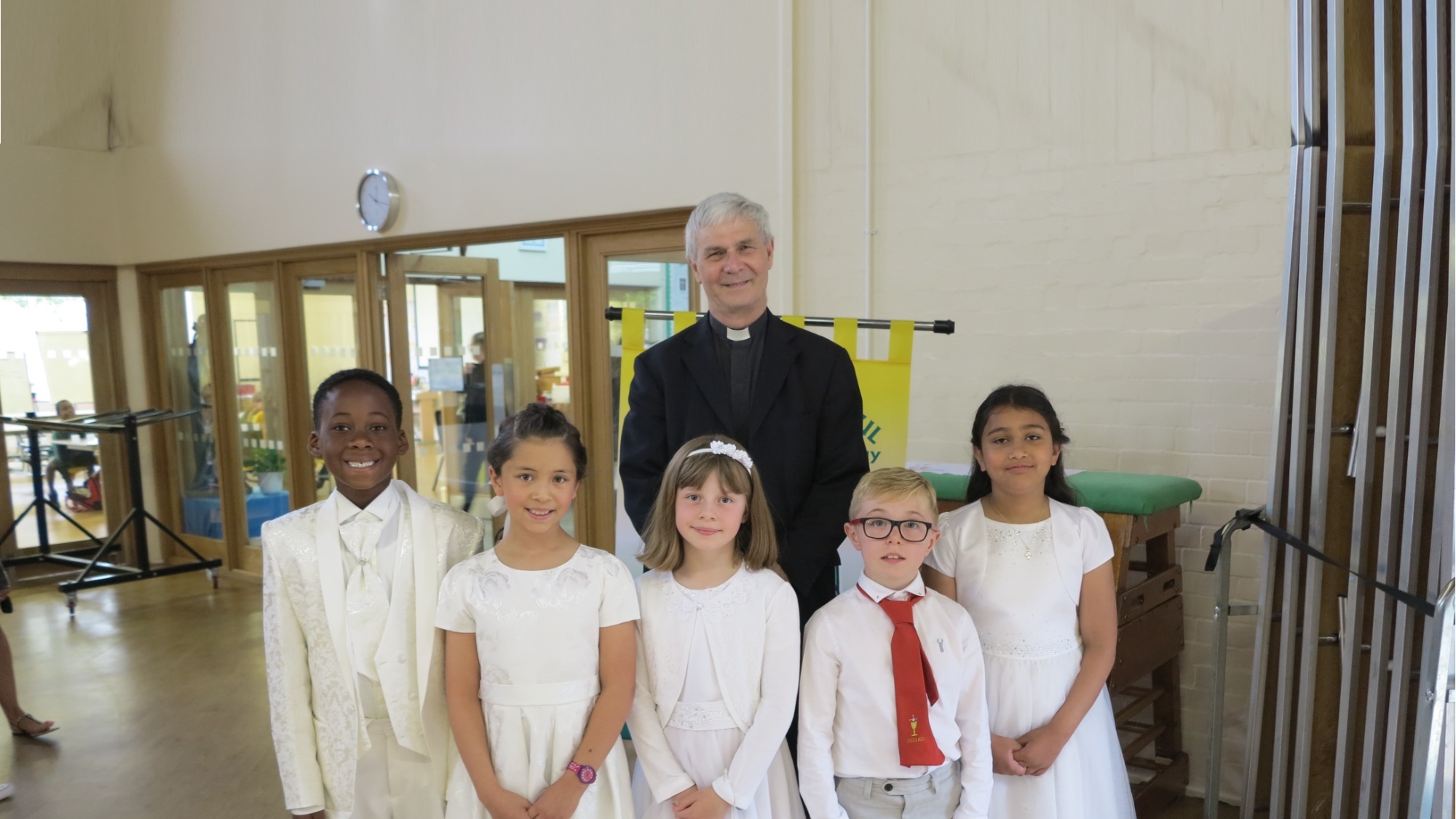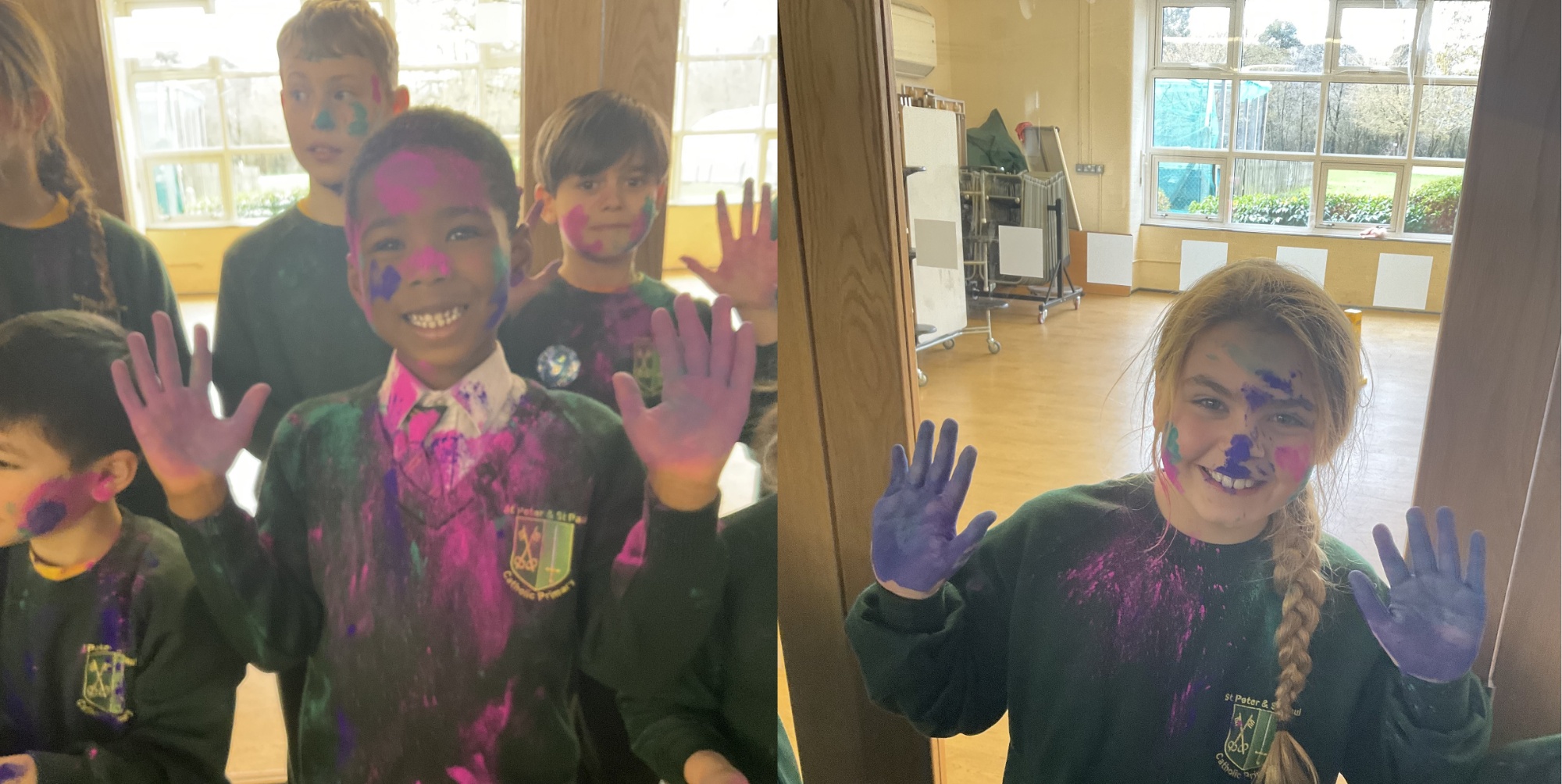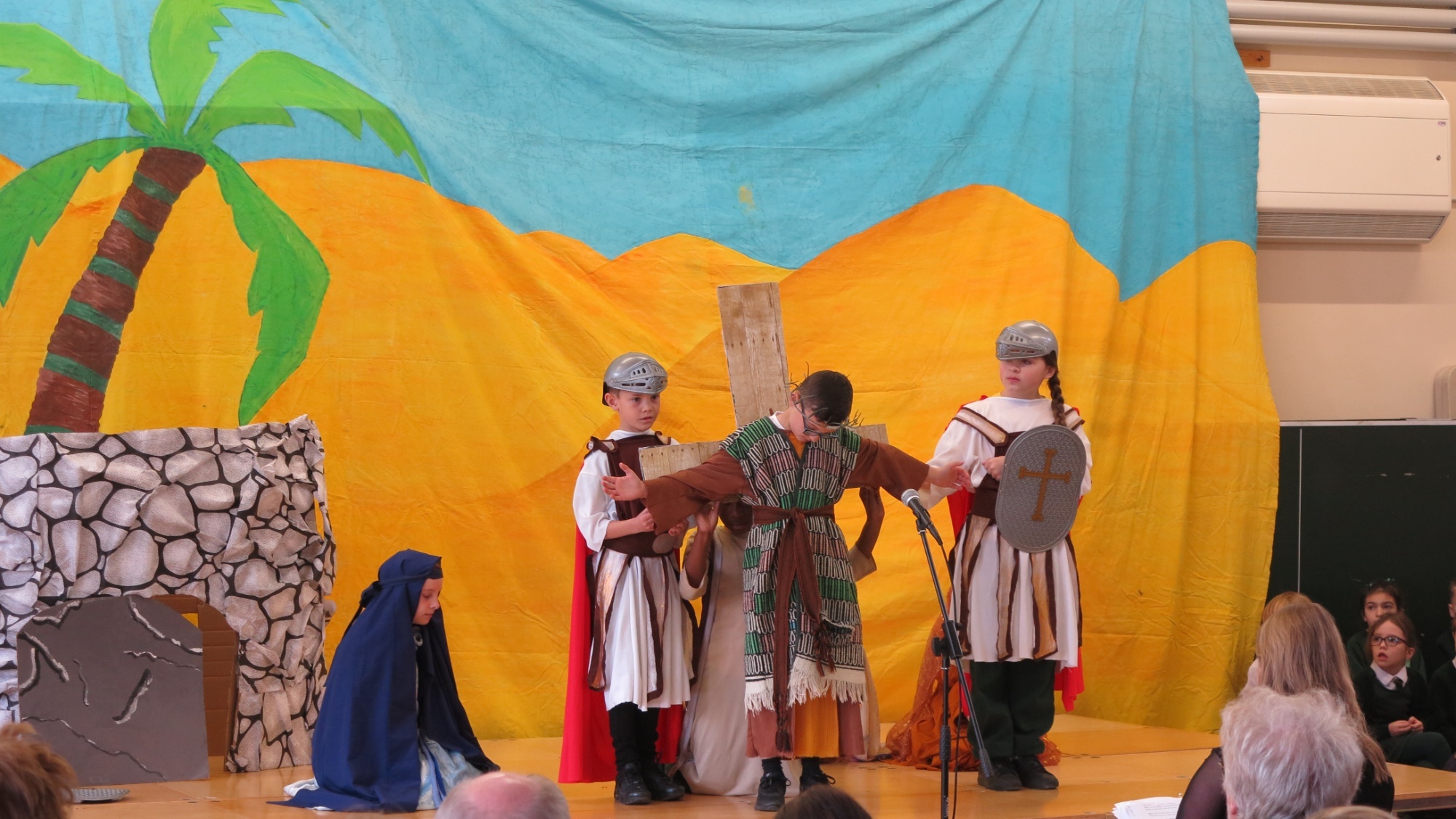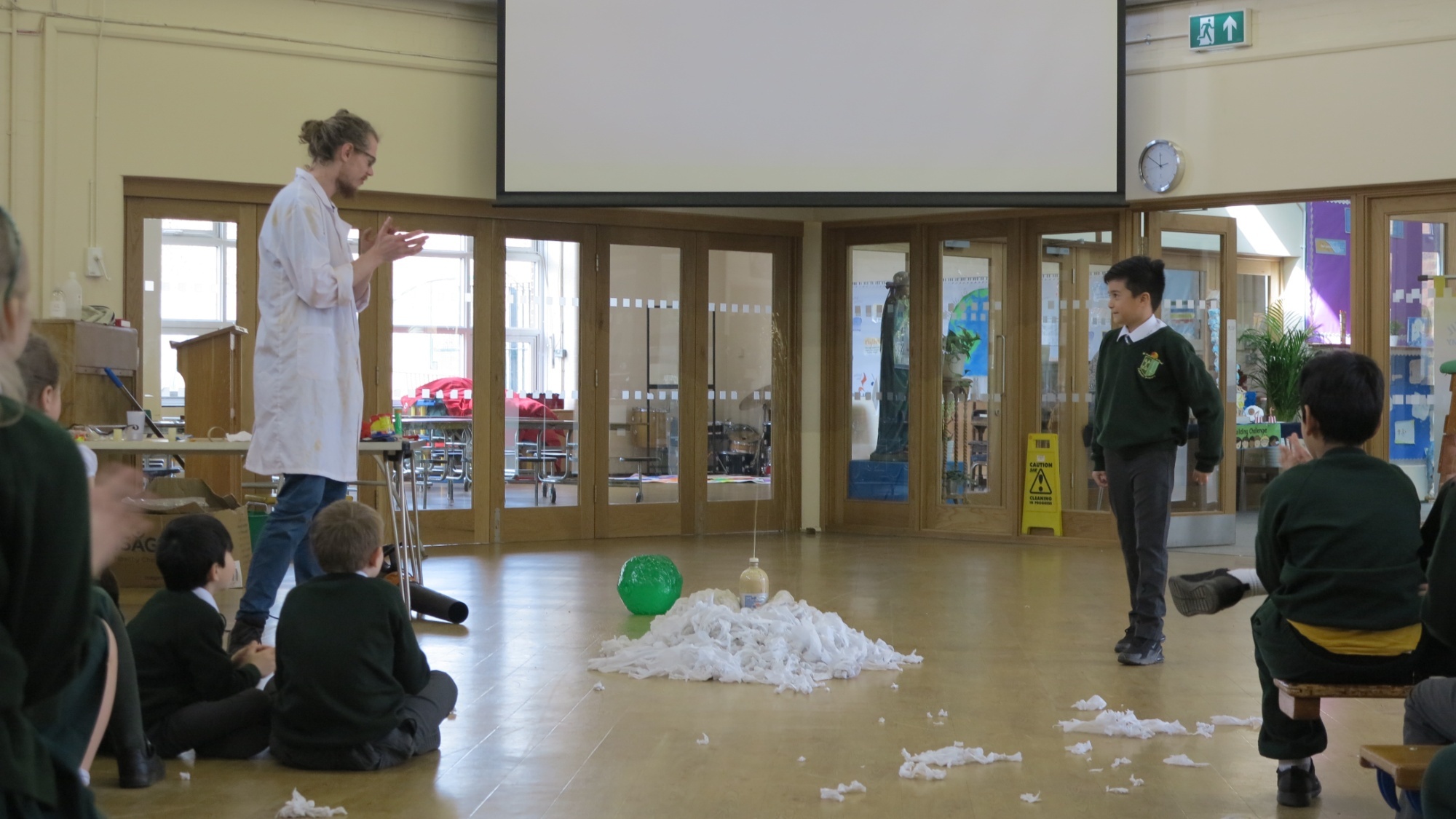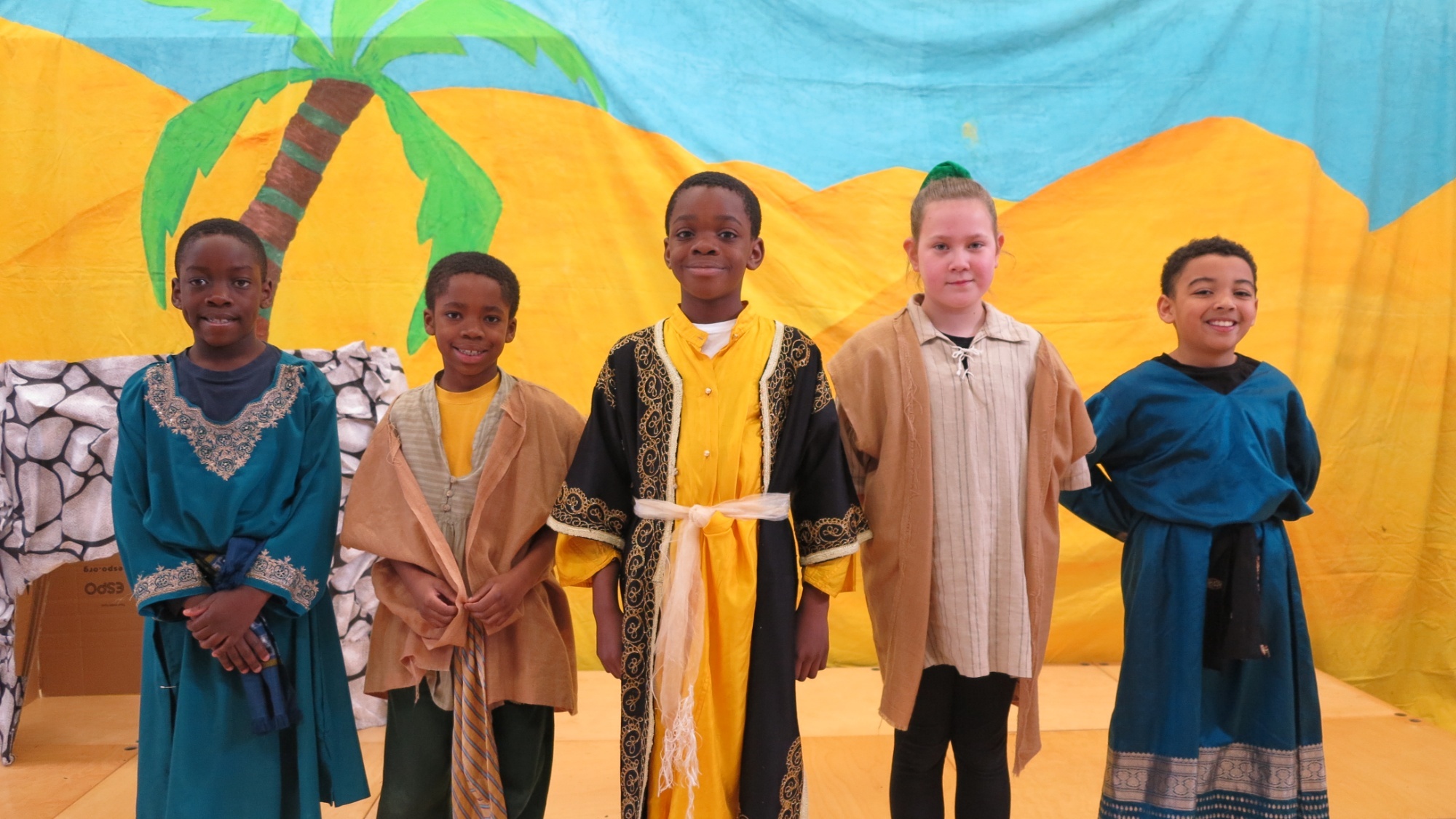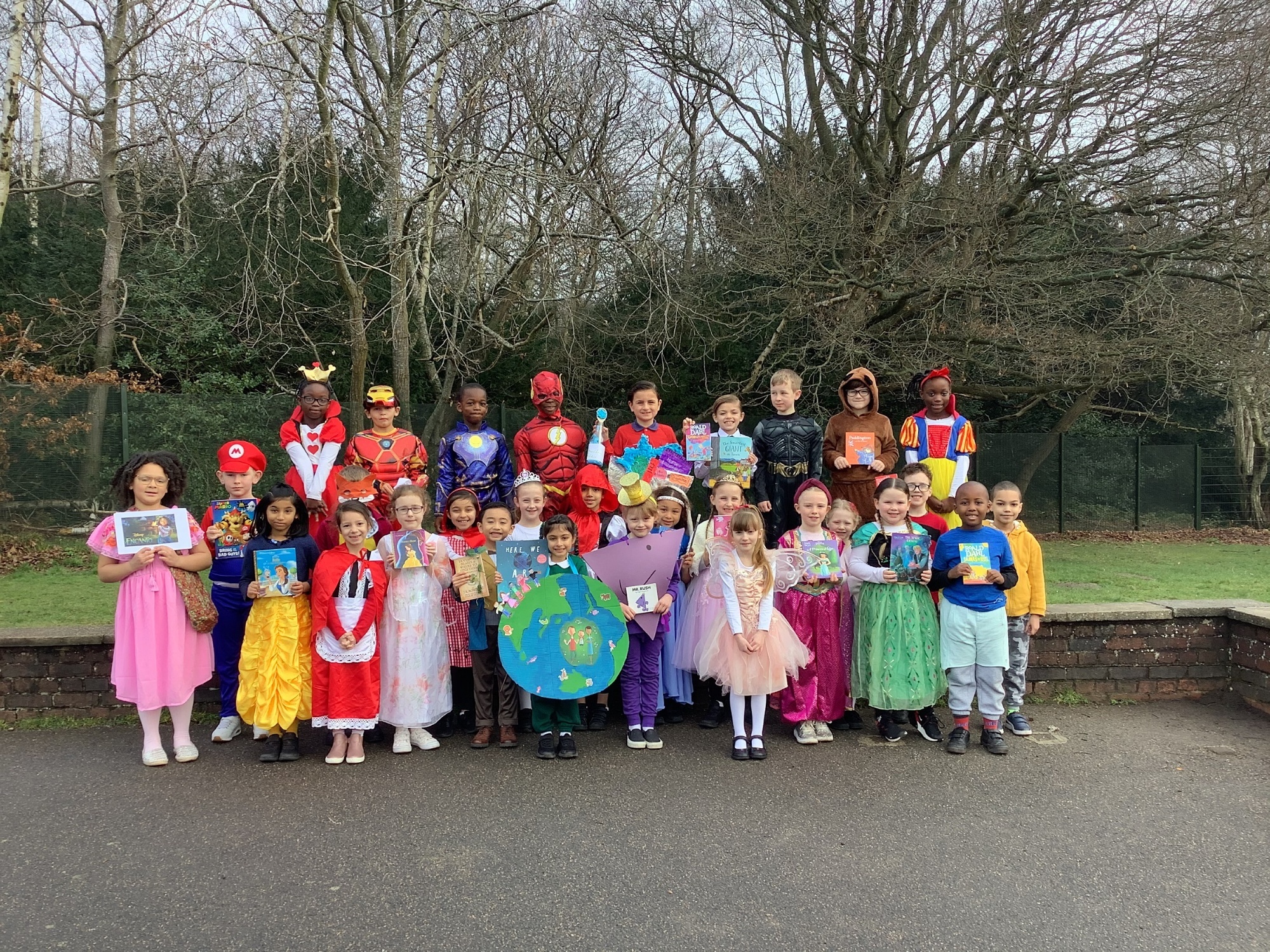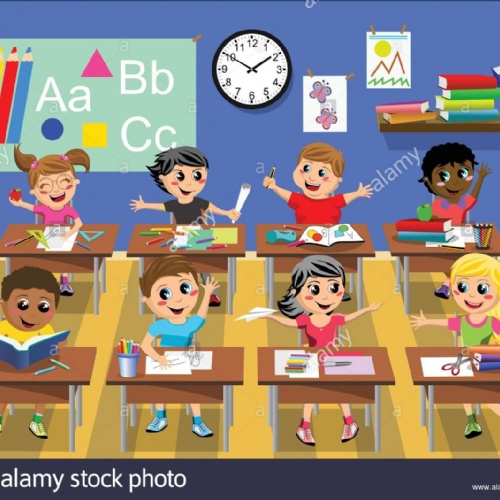
I hope you all managed to enjoy a little bit of sunshine yesterday. Here are today's activities.
Maths
Follow the link below for today’s Maths lesson on BBC Bitesize.
https://www.bbc.co.uk/bitesize/articles/zp2tjsg
Today we are going to learn about the properties of 3D shapes.
This lesson includes:
- two videos
- four activities
Please try to complete at least 2 activities.
English
Follow the link below for today’s English lesson on BBC Bitesize
https://www.bbc.co.uk/bitesize/articles/zt2x8hv
To be able to identify the days of the week as proper nouns and use them in sentences containing joining words.
This lesson includes:
- a short introduction recapping the days of the week
- video introducing you to common and proper nouns
- a video explaining joining words
- three activities to do at home
Reading
Choose a book, magazine or newspaper and read for 10-15 minutes.
Science
Comparing Seeds and Bulbs: Children measure their sunflower and narcissus plants with a ruler and record the result in their Plant Growth Table Activity Sheets. Children fill in the differentiated Comparing Seeds and Bulbs Activity Sheet to record the growth of their plants by drawing them, and writing descriptions using the Seeds and Bulbs.
|
Red Orange |
*** |
|
Green Yellow |
** |
|
Blue |
* |
What Do Plants Need? Remind the children about the cress that was planted in the previous lesson, and ask children to reassemble into their pairs. Ask the children to predict which cress will have grown the best. Encourage the children to give reasons for their answers. Distribute both cress plants to each pair, and give the children time to compare the two. Using the Lesson Presentation, explain that plants grow best at a suitable temperature, but this temperature differs from plant to plant. Ask the children if they can remember the other two factors that they have learnt affect plant growth. Plants We Eat: Take suggestions of plants or parts of plants that we eat. Explain the main groups of edible plants, with examples, inviting children to name foods that they recognise, and familiar ways that they eat these foods. After this, give children one minute to write down five examples of food that comes from plants on their whiteboards. From Farm to Fork: Explain that most of the plants we eat are grown on farms, before they are sold to shops and ultimately bought and eaten by the consumer. Watch the video to explore some of the different strategies used by farmers to make sure their plant crops grow well. On the Farm: Children complete the differentiated On The Farm Activity Sheet, drawing some foods that could be grown on their farm and writing a sentence to explain what their plant crops would need to grow well.
Blue and yellow group: Write three words to describe what their plants need to grow well. Green, Orange and Red group write a description of what their plants would need to grow well. Food Glorious Food: Bring in a selection of food plants for the children to taste. Include food from different parts of plants. While tasting, see if children can identify the part of the plant that the food comes from, and discuss what kind of conditions the plant might need to grow.
Times tables
If you are finding the 3 times table challenging, try listening to and learning this song. I like it!
https://www.youtube.com/watch?v=dzVyBQ5uTbo
Log onto your Times Tables Rockstars for 10 minutes and see how much you have improved. I’m sure you are brilliant now!



